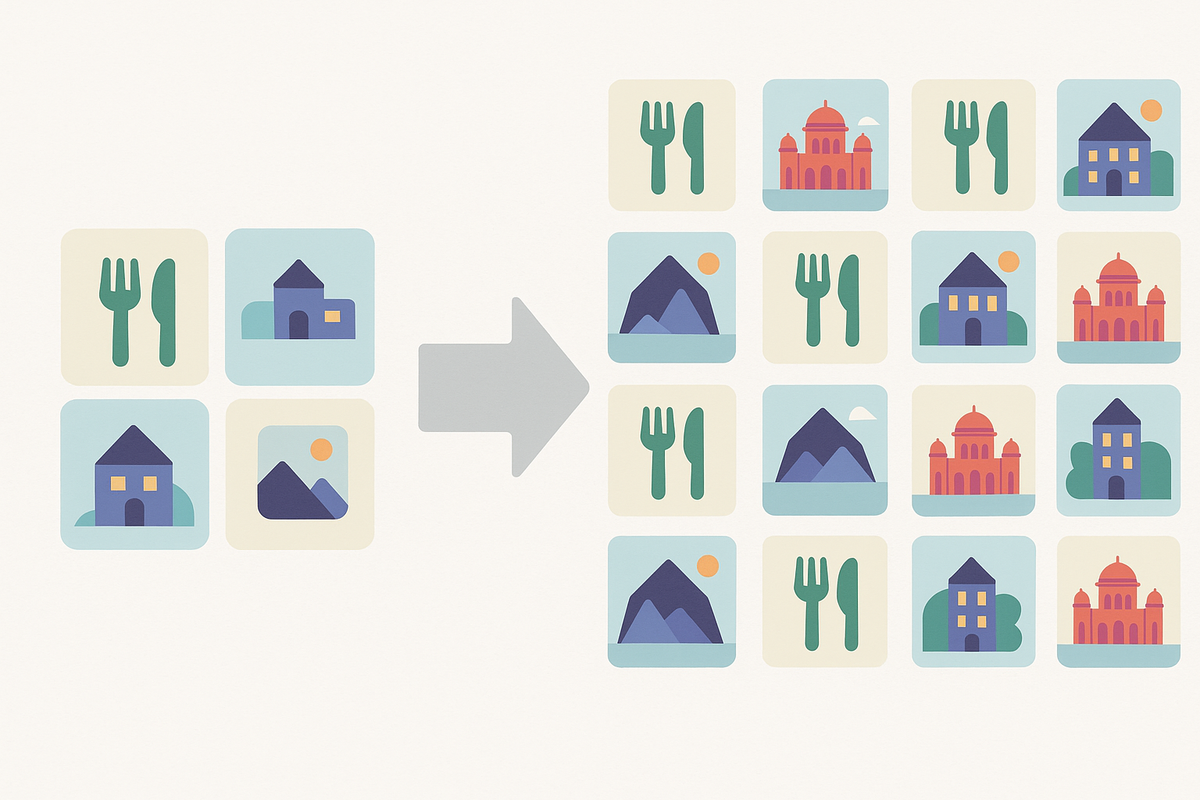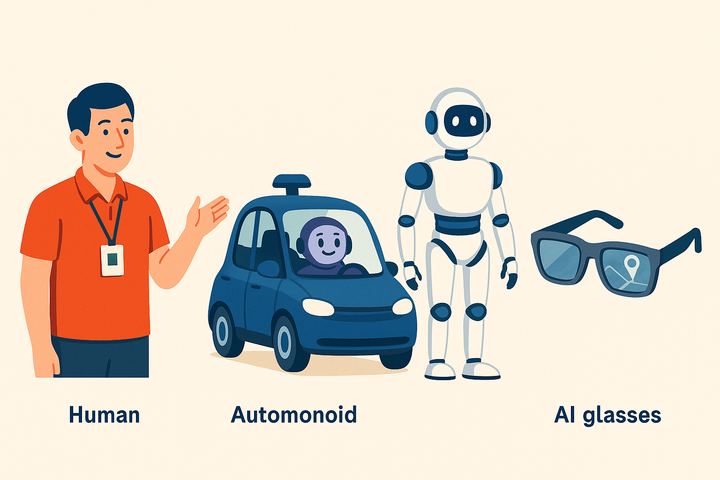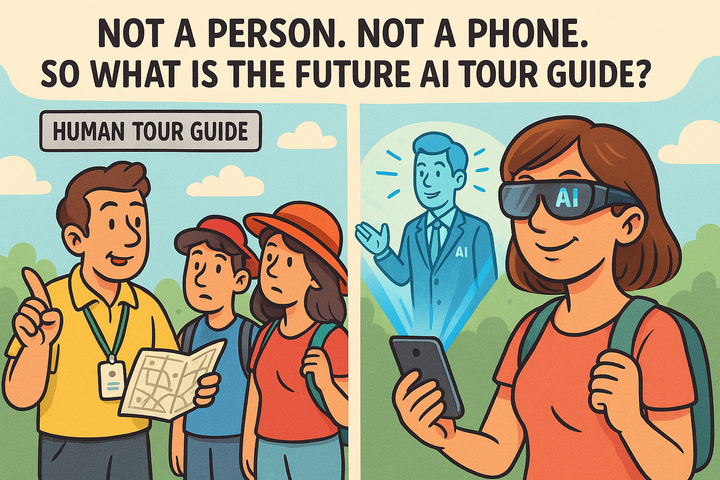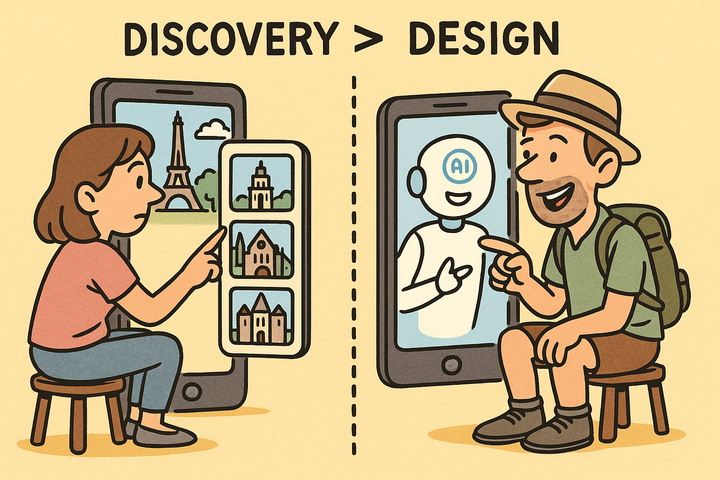Arival AI and Destination AI: From automation to operating personalised experiences at scale
From t-shirts to jackets, from automation to orchestration — two AI conferences, one clear message. The next phase of travel isn’t about efficiency, it’s about experiences that design themselves.

Last week, I had the chance to speak at two very different AI-in-travel conferences both in Washington DC — and together they told a bigger story about where the industry is, and where it’s heading next.
On Monday at Arival's AI forum for Destination Experiences, I co-hosted two hours of ask-anything sessions with Tony Carne from the Everything AI in Travel podcast. It was an energetic, tour operator-led discussion — a space to explore what AI means in practice, from chatbots to content creation to operational support.
On Tuesday, at Destination AI, I joined Doug Rice for a 20-minute fireside chat about HATPro — decentralised personalisation designed for AI agents, and an open-source standard I’m a core contributor to. A different crowd (hoteliers), a different energy: more systems-oriented, with property management systems (PMS) and distribution leaders thinking about how AI integrates into their architecture. And even a discussion on humanoid robots!
One was branded t-shirts. The other, jackets.
But both were talking about the same forces reshaping travel.
Shared ground: automation and agentic commerce
AI is now part of the operational fabric of travel — reviews management, inbound and outbound email handling, itinerary messaging, and marketing workflows. That’s the automation layer — and everyone’s building it.
And alongside it, agentic e-commerce is taking shape. AI agents that search, compare, and transact on behalf of travellers — reshaping discovery, booking, and distribution.
Both conferences captured this shift well. But the next change — the one that will define the next few years — goes deeper.
The next step: operating personalised experiences at scale
The true opportunity for AI in travel isn’t just automation or sales; it’s in how experiences are operated.
In tours
Curation of the journey is moving from operator to guest. AI can now adapt in real time — learning from pace, interest, weather, and context — while guides focus on what they do best: storytelling and human connection.
A couple arrives in Rome for a walking tour. Their AI companion learns from their behaviour — lingering longer at street art, shortening time at crowded monuments, rerouting through shaded lanes when the sun gets hot. The human guide, freed from managing logistics, brings the story of Rome to life.
And this shift opens up a new kind of product: the traveller-designed itinerary.
Instead of a fixed tour itinerary designed by the supplier, each experience is co-created in real time — shaped by guest intent, environmental factors, and AI interpretation.
Tours no longer come in tens; they come in thousands of personalised variations, each unique to the traveller. Impossible to operate without AI.
In hotels
The same principle applies to the guest environment. AI now curates the setting — learning preferences over time and adjusting automatically.
A guest checks into a London hotel. The room’s AI sets the lighting, temperature, and playlist to their usual settings. It even suggests the same herbal tea they ordered last visit. The staff, no longer managing adjustments, are free to focus on authentic hospitality.
And this opens another possibility: the AI-connected, unbranded hotel.
A property that connects directly to travellers’ personal AI agents, allowing the guest’s chosen AI — or even an OTA’s — to shape and brand the stay.
The hotel becomes a flexible stage on which the experience is curated through the traveller’s digital relationship, not the property’s static brand script.
Change the product, change the distribution
When tours and stays become adaptive, the whole system around them has to move too.
AI is turning travel products into living, personalised experiences — built and adjusted in real time.
This isn’t just another layer of automation, it’s a product-level shift so deep it could make the last twenty years of distribution innovation — OTAs, channel managers, and reztech alike — feel obsolete almost overnight.
Experiences that design themselves around each traveller can’t fit into systems built for fixed inventory and static pricing.
I’ll be exploring exactly that next — how AI is shifting tours from fixed itineraries to traveller-designed days, at the Travel Trends AI Summit on 28th October.
Want to read more like this?
Low volume. Short length. Focused content.
We know you're busy — only the good stuff, no noise.



